Puebla is one of Mexico’s most celebrated cities for gastronomy and is famous for such flavourful dishes as mole poblano and chiles en nogada, but if you drive just a few hours south of the city, through the semi-arid lands near the border with Oaxaca, everything changes.
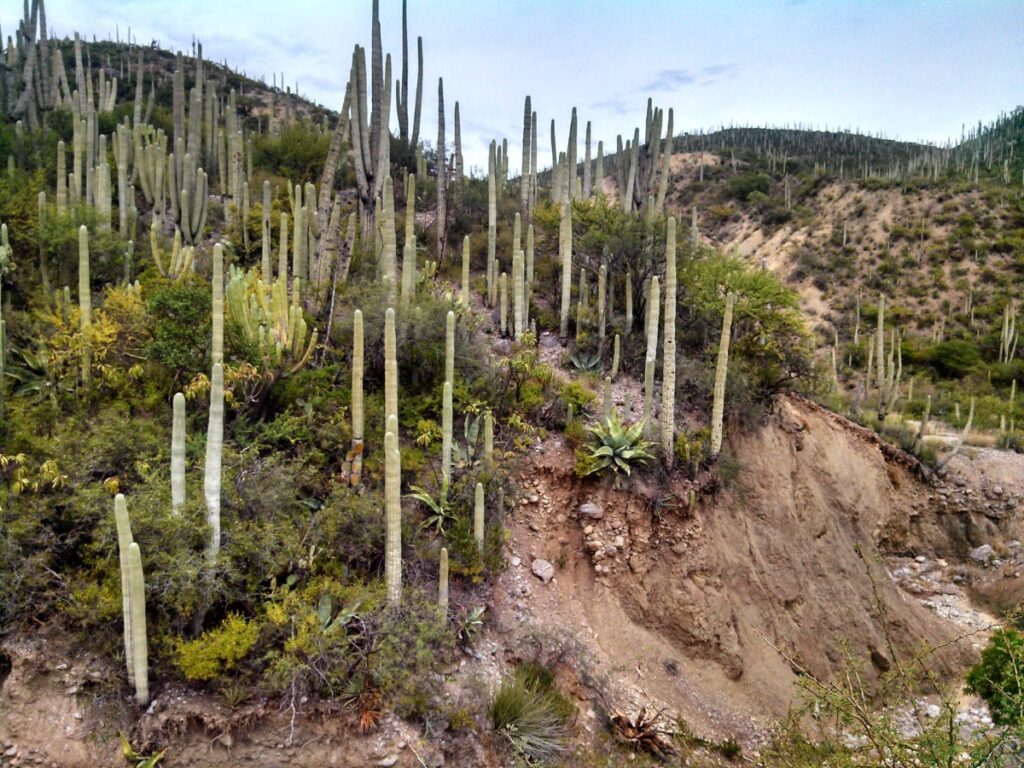
As we drove out of Puebla, we passed a rich agricultural landscape of fields green with crops and workers busily tending them. This flat land is bordered on each side by distant mountain ranges and volcanoes, but by the time we reached Tehuacán, the road turned towards those mountains and the scenery changed to a hilly scrubland dominated by tall columnar cacti reaching with their chubby arms to the sky.
Our first stop was in the small, dusty town of Zapotitlán. The highway was the town’s main street and each side was flanked by low, cinder-block buildings. In one of them we found Restaurant Itandehui “Flor del Cielo,” a small unassuming restaurant that serves traditional foods based on the plants and insects that were part of the mesoamerican diet long before Europeans ever set foot in this land.
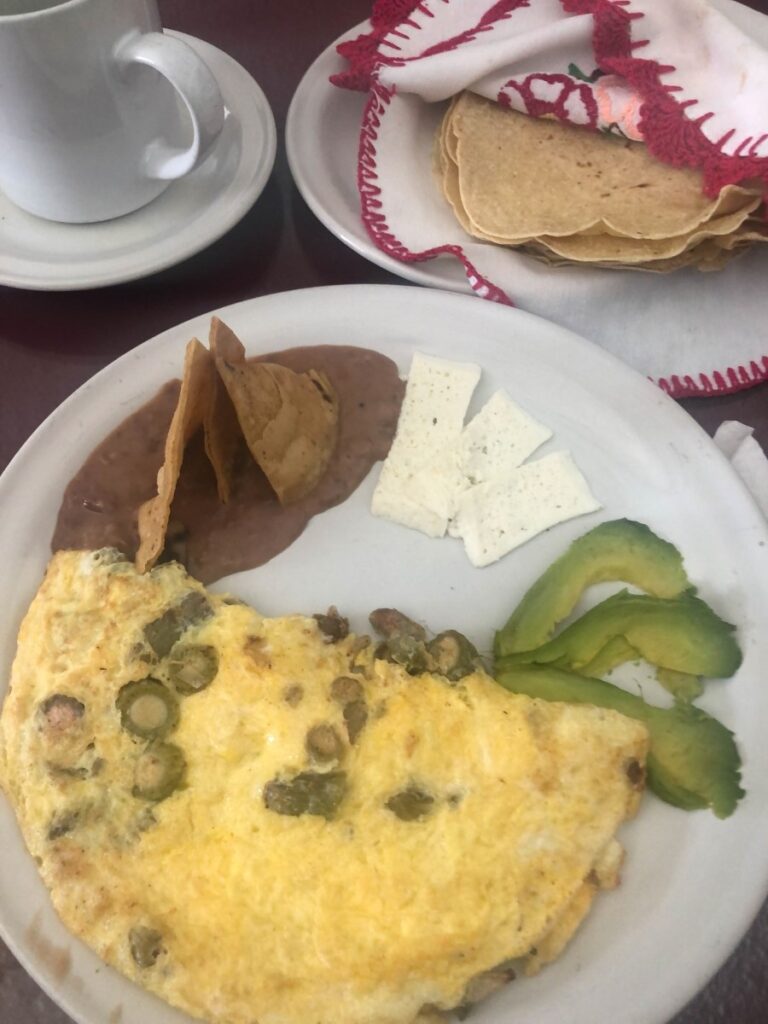
It was breakfast and omelettes were on the menu, but our host explained that the kitchen would incorporate fruits and flowers from the different cactus species that grow in this region like tetechas, cacayas and palmitos. We sampled the different types and I chose the tetechas, the immature flowers of the cacti that we had seen everywhere along the road. The flowers added an intense herbaceous flavour to the dish, elevating it beyond a typical omelette.
When they are in season, Restaurant Itandehui also serves a variety of traditional dishes where insects like texhcal and cocopache are the main ingredient as well as indigenous fruits unique to the area like pitaya and garambullo. Sadly, we didn’t get to try them, but they sound like something any adventurous eater should try.
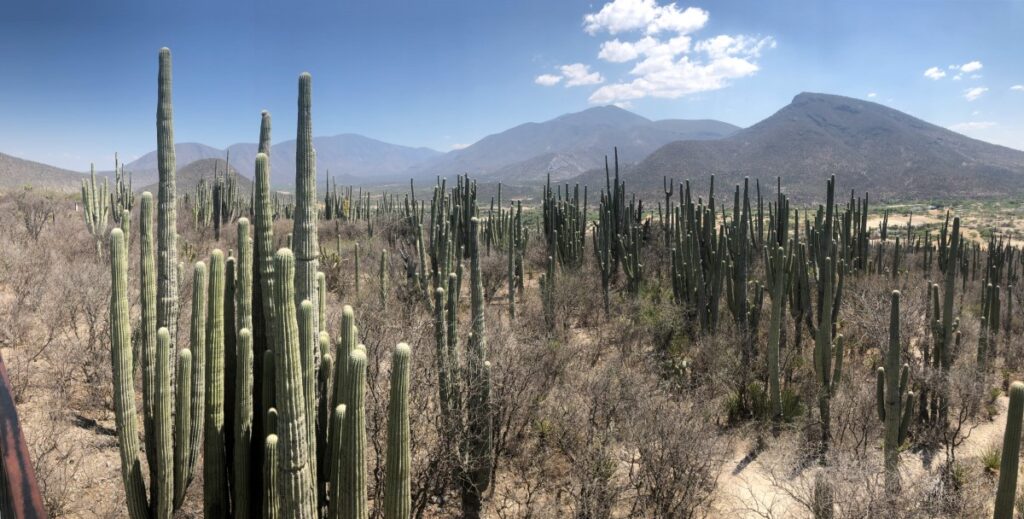
Once our bellies were full, we took a guided hike in the nearby Helia Bravo Hollis Botanical Garden. It’s a beautiful park that preserves and protects 80 different endemic cactus species, many of which are endangered. The park is also part of the larger Tehuacán Biosphere Reserve, a UNESCO World Heritage Site that’s the most biodiverse arid region in North America.
Our walk ended at a lookout tower that let us silently appreciate the beauty of this special location with its forests of unfamiliar cacti and scrubby plants stretching out across the hills to the mountain-fringed horizon. Travellers who want to spend more time here can rent cabins and enjoy quiet and solitude. I can only imagine how spectacularly alive the sky would be at night with stars.
During our walk, we learned about the importance of some of the plants in this area to the Indigenous people who lived here before the Spanish came and that continue to be important today, like the agave plants that can be spotted from a distance by their tall spikes shooting up to the sky that are topped with brilliant yellow flowers which makes them stand out like flags in the green and brown landscape.
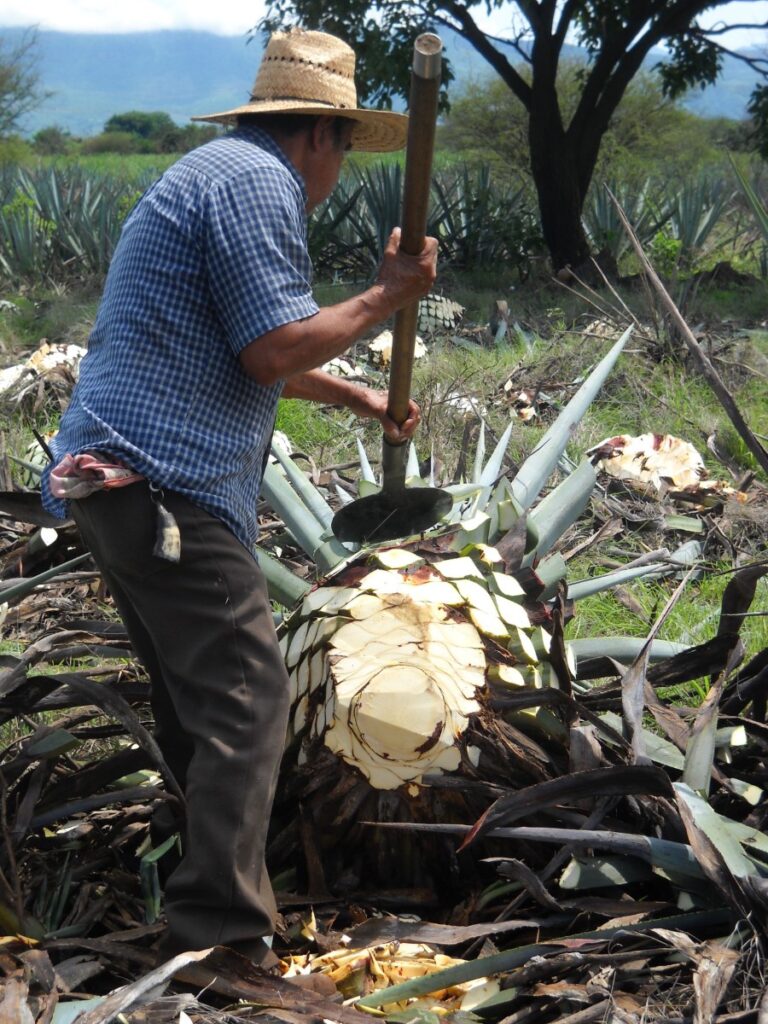
Agave, also known by its Indigenous name as maguey, is the key component for a family of alcoholic drinks that includes tequila, mezcal and pulque. By the time we drove down the highway to Caltapec, where there are 51 individual distilleries, we learned even more about these plants and how they are used.
We visited Rancho Aislados, whose name translated from Spanish is Isolated Ranch, and it’s an apt one. Seemingly in the middle of nowhere, Miguel Ángel Orea Aguilar and his partners have created a thriving business that distills small batches of artisanal mezcal that are sold on the premises and in select restaurants in Mexico.
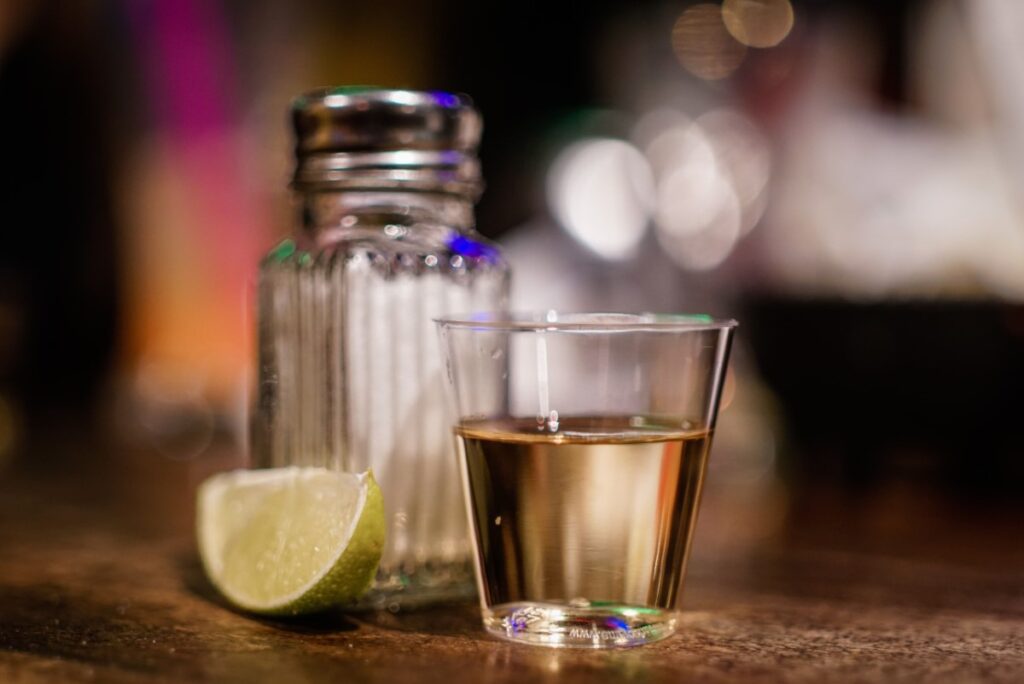
“We are here mostly to preserve and conserve this knowledge of making mezcal,” he says, adding that his family has been involved in its production of mezcal for generations. “We opened the factory so that people can learn about our nurseries for cultivating the maguey with which we create traditional mezcal.”
During our visit, Orea proudly showed us where they grow four different types of agave plants including papalometl and pitzomel, whose names derive, respectively, from the Indigenous words for butterfly and fat, descriptors of the plants’ shapes.
Like grape varietals that give different flavour profiles to wines, different agave species will impart different flavours to mezcal, he explained, but unlike grape vines, agave plants take much longer to mature and it can be seven to 35 years before they are ready to be harvested.
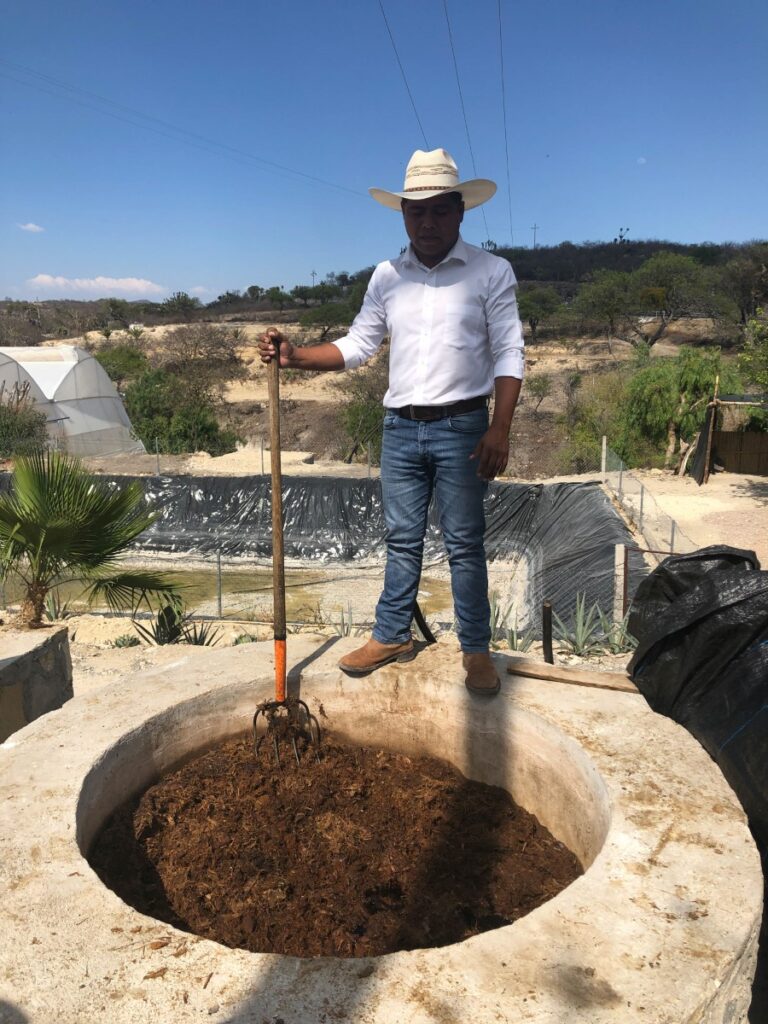
Rancho Aislados’ mezcal master, or mezcalero, Leopoldo Deshorio, has been making this spirit for 40 years and he demonstrated for us how the plants are harvested by hand with a machete. With great skill and practiced precision, he hacked off the leaves from one of the massive succulents to reveal a rounded core that very much resembled a pineapple which explains why he referred to them as piñas, the Spanish word for the fruit.
These are cut into small pieces and placed into an oven which isn’t much more than a hole in the ground with stones heated by a wood fire. It’s all topped with agave leaves and earth then cooked for several days, which gives mezcal its characteristic smoky flavour.
After cooking, the agave is ground with a tahona, a stone wheel, and it’s mixed with water in a vat to start fermentation. This process can last between one and two weeks, depending on the climate and the type of agave.
The last stage is distillation where the fermented mash is heated and the vapours that are produced pass through a coil where they condense and become a liquid. The mezcal is distilled two or three times to obtain the desired alcoholic strength which generally runs between 40 to 50 percent, sometimes more.
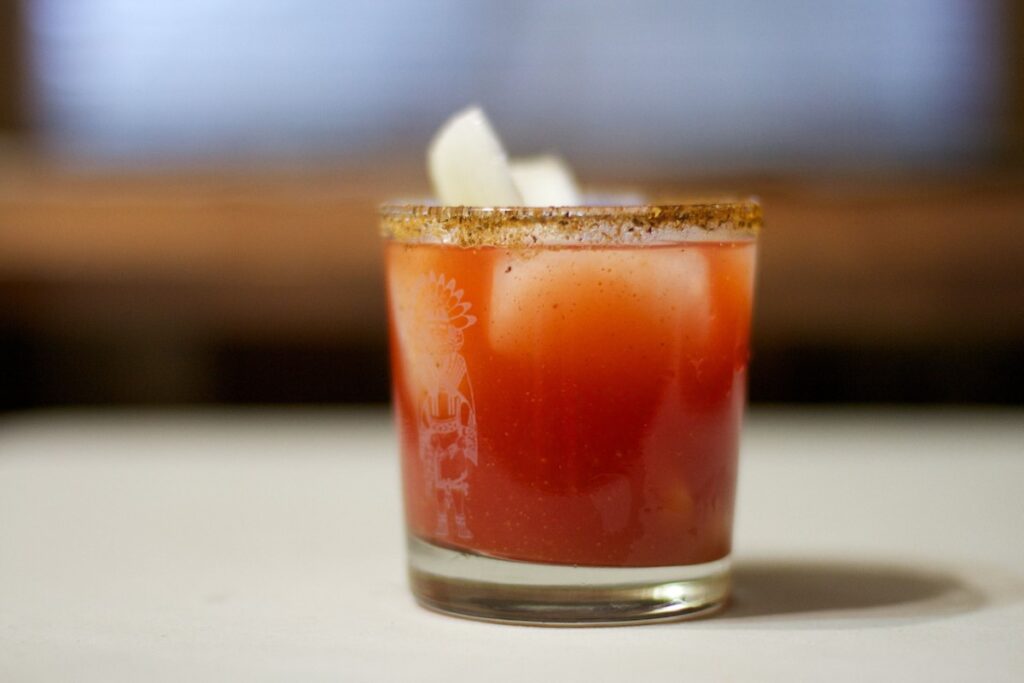
The resulting mezcal can be bottled young or aged in wooden barrels to soften its flavour. The young mezcal has a transparent colour and a more intense and herbaceous flavour. Rested mezcal has an amber colour and a softer, sweeter flavour.
Orea said that the harvesting season in this region lasts from December to May and they generally distill batches of about 200 litres five different times each year so their output is small enough that the best way to try what they produce is to visit their ranch.
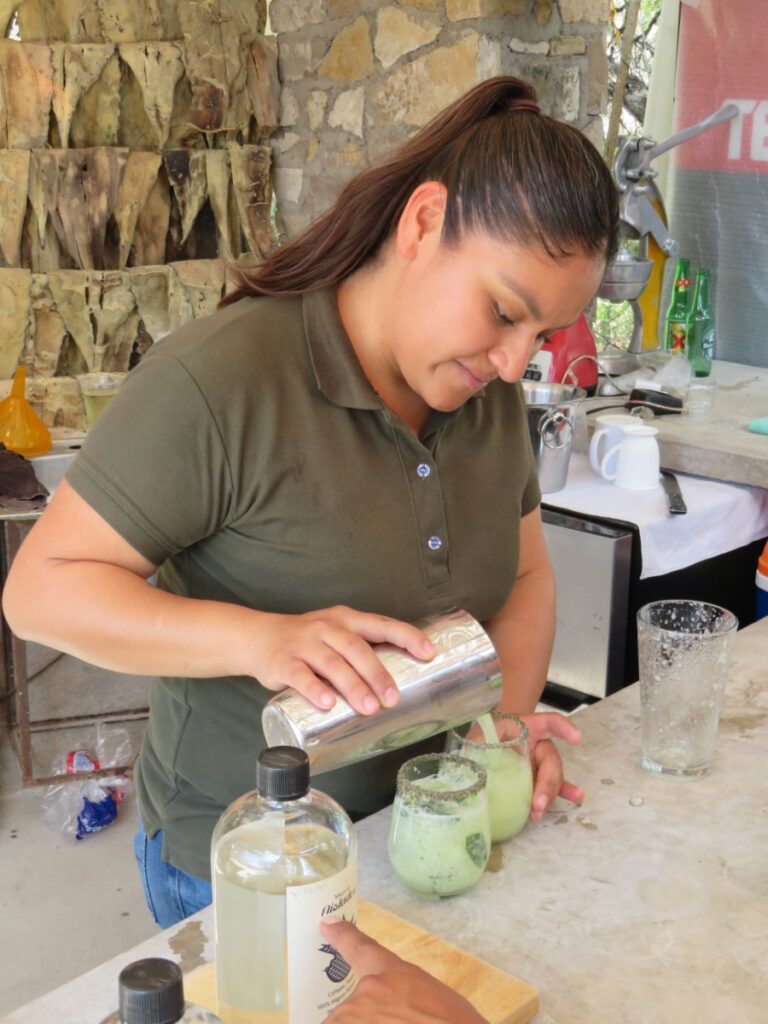
During our visit, we tasted their different mezcal varieties combined in cocktails and straight from the bottle. Each had its own very distinct flavour and everyone in our party had their favourites. One was fruity, one had a more intense plant flavour and another was almost meaty. Best of all, our drinks were accompanied by a first-rate meal served from a bustling open-air kitchen that was steps away from the distillation vats.
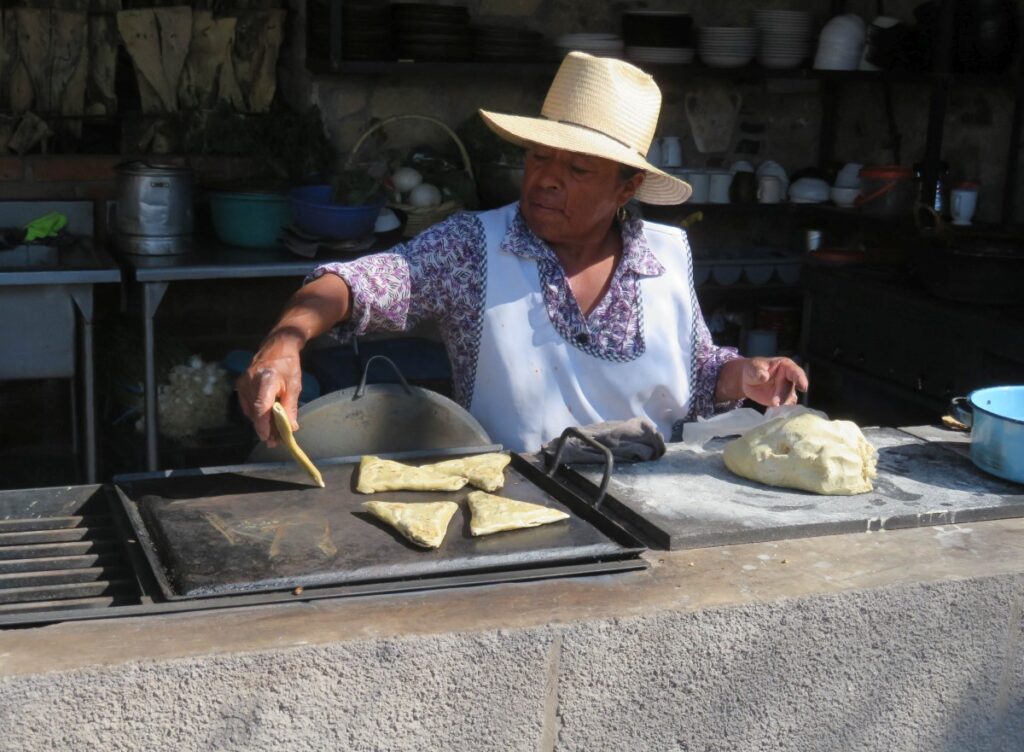
“For 8,000 years agaves have played a very important role because they not only gave us firewood, they gave us walls and roofs for our houses, they gave us food and, obviously, the wonderful drink of mezcal that everybody knows,” said Orea.
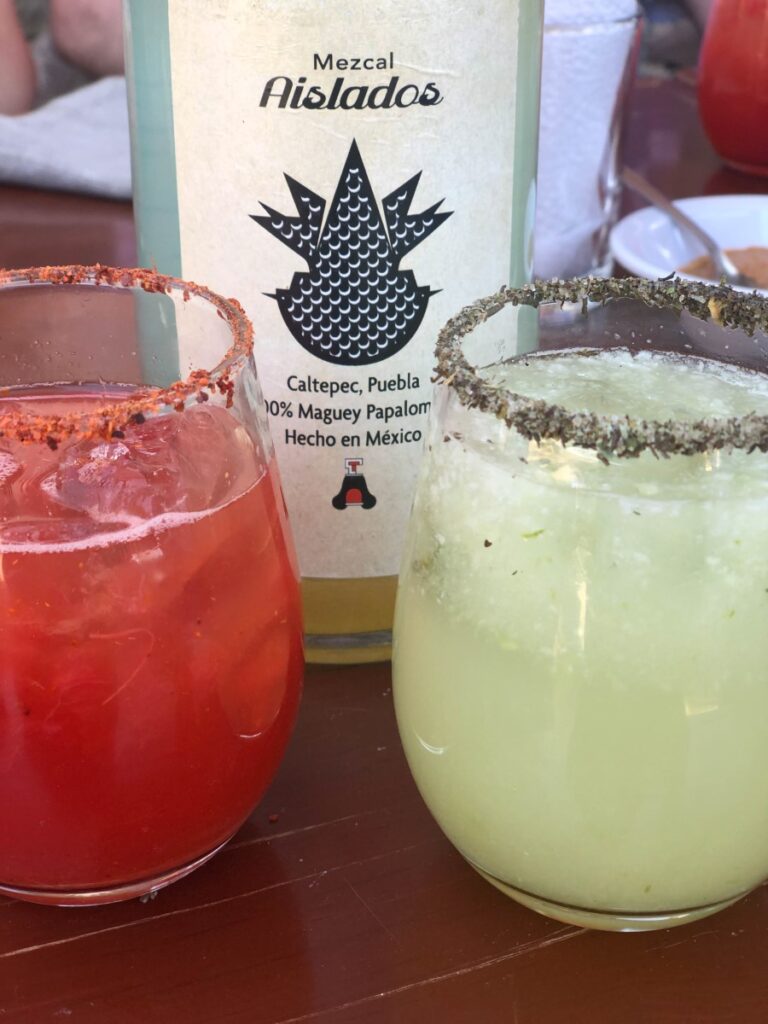
By the time we said our goodbyes, the sun had long set and the sky was alive with stars. After drinking all of that mezcal and with our bellies full, we were glad that someone else was driving us safely back to Puebla City, giving us more time to ponder what we experienced in this surprising corner of Mexico, a country full of surprises.


